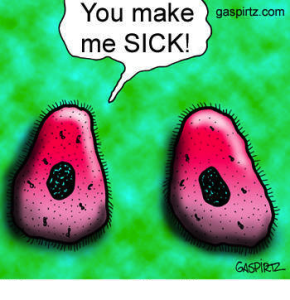Microbial pathogens, including viral, bacterial, and fungal species, are transmitted via both airborne and surface contact routes in indoor environments. Breathing, sneezing, and coughing are important sources of many of these species, with the microbes being aerosolized and dispersed in microscopic liquid droplets that may settle to nearby surfaces or evaporate into smaller droplet nuclei and disperse throughout a room. How this dispersion is affected and augmented by outdoor air ventilation, particle deposition, and particle filtration in the built environment is of importance in understanding how the diseases caused by these microbes are spread.
Here, myself and Dr. Brent Stephens, we have proposed to develop and apply a test method, using only innocuous viruses, bacteria, and fungi as surrogates for human pathogens, which will serve as a flexible model for the study of the fate, transport, and control of airborne pathogens in the indoor environment. I look forward to collaborating with and learning from Dr. Stephens as well as my co-advisors Dr. K. Pagilla and Dr. B. Stark, all of whom have a wealth of knowledge to share with me.
I am honored to have been awarded the MoBE Fellowship from the Alfred P. Sloan Foundation and look forward to starting my research next summer. I believe this will be a great opportunity to expand on my environmental microbiology and engineering background I have gained during my PhD research.
